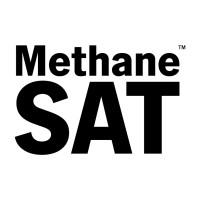Value proposition
First satellite launched by an independent NGO. Our mission: Measuring methane emissions to protect our climate.
MethaneSAT is the most advanced methane tracker in space. It measures emissions almost anywhere on Earth with greater precision than any other satellite - from large leaks to sources too small for other satellites to see.
Its initial mission is to quantify methane coming from the global oil & gas industry. MethaneSAT data will be free and publicly available to catalyze faster action by countries and companies to fix problems faster and more effectively.
With high precision measurement capabilities and a wide view path, MethaneSAT will track not only the rate at which methane is being emitted and from where, but how those emissions are changing – making it easier to prioritize solutions for maximum benefit. It will quantify emission rates from the global level on down to sites as small as one kilometer.
MethaneSAT | Solving a crucial climate challenge
https://www.methanesat.org/




